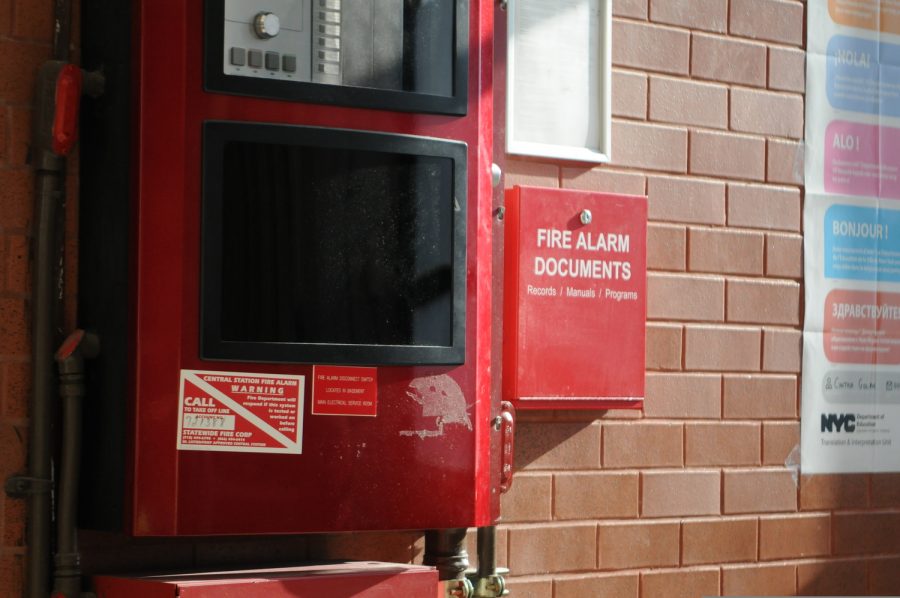Taal Volcano Smothers The Philippines
Thousands Displaced and Desolated By Severe Ash Storms
According to PHILVOLCS, an alert level of 0 is analogous to no seismic activity. A level of 5 signifies a volcanic eruption in progress. Taal Volcano has been kept at an alert level of 3 since the January eruption.
Taal Volcano is surrounded by Taal Lake in the northernmost Filipino island, Luzon. Within the volcano is a crater lake hosting Vulcan Point, the famed miniature island within an island within an island. Prized for its unique geography, the Taal area attracts many tourists from around the world. Hiking trails set up on the volcano itself, complete with wondrous vistas into the crater’s aquamarine lake and tiny island, make a considerable part of the community’s revenue. Around the lake, thousands of villagers and independent farmers tend to their livestock, crops, fishing grounds and compact homes.
For the first time in forty-three years, on January 12th, 2020 at 1 p.m. Philippine Standard Time, Taal Volcano erupted after two hours of consistent seismic and vent activity. According to the Global Volcanism Program, amidst the earthquakes rose an eruption plume 10-15 km in height from Taal’s main crater, causing volcanic lightning and ashfall over nearby cities. With aid from humanitarian groups, such as the Filipino Red Cross and the Filipino military, tens of thousands were forced to take cover in fortified shelters. Overnight, the volcano continued to spew ash over the Luzon province, suffocating animals and destroying housing.
As of January 12th, 2020, the volcano has been labeled an alert level 3 out of 5 by the Philippine Institute of Volcanology and Seismology. Steam and other gasses have been recorded to be fuming out of the main crater and smaller vents. Minor tremors shook the returning villagers, causing slight fissures and damage to the structural foundation of houses. According to National Public Radio, around 94,403 people still reside in evacuation centers. Many stated that their livestock and crops lay dead while their mechanical equipment had already succumbed to the ash. Although many are still wary of returning or have nowhere to return to, those who resettled have begun local clean up operations. The local tourist companies have been especially adamant in repairing their workplaces. “I’d feel terrible, especially because of the loss of my property, as well as that of my neighbors. I think that it seems messed up that the people who were directly affected by the eruption now also have to clean up the mess and deal with the aftermath as well,” said Mark Amevor ’20.
According to PhilStar.com, one of the country’s largest news groups, millions of pesos have been lost in the eruption and its ashfall. Acres of farmlands and fishing areas have been completely suffocated by ash; satellite imagery shows a large radius around the volcano — once teeming with green trees — drowned in grey. Local economies have suffered from fissures shutting down key roads for humanitarian aid and trade. In many stores, filter masks are out of stock due to citizens needing protection from the ash that still linger in the air. “Considering the extent to which these areas’ GDP is tourism-based, it is difficult to imagine how this area will be able to reconstruct its infrastructure and provide aid for its many citizens. But, I assume that through the help of nongovernmental organizations, particularly those foreign and those involved in global relief, they will be able to slowly return themselves to where they originally were, if not better,” said Roman Schiffino ’20.
The Phillipine Red Cross has distributed supplies to 1,000 Taal evacuees and has begun a twitter donation campaign on their page @philredcross. “We need help in sorting and repacking relief goods for our Taal Volcano eruption operations. Anyone can volunteer! Bring your own water tumbler and wear any RED SHIRT,” tweeted the organization on January 20th. A Global Givings charity page has been set up to allow for online donations for the clean up and humanitarian aid of the Taal area. As of February 7th, 2020, it has raised $8,170 of its $25,000 goal. “Although this is a good start to help the people of Luzon, there needs to be more awareness about how people can help. I knew about the eruption, but I was not sure of a way that I could donate; I did not know about this charity page and there are probably many others who don’t know about it either. There should be more sites that spread awareness and inform people that want to help,” said Juan Acuna ’20.
As of January 12th, 2020, the volcano has been labeled an alert level 3 out of 5 by the Philippine Institute of Volcanology and Seismology.
Tyler Pelayo is a Staff Reporter for ‘The Science Survey’ and a Captions Editor for ‘The Observatory.’ Tyler finds the photography lessons in journalism...

